Description
What is TLIF Peek Cage?
TLIF Peek Cage is a type of spinal fusion device that is used in a surgical procedure called Transforaminal Lumbar Interbody Fusion (TLIF). TLIF Peek Cage is designed to replace a damaged or removed intervertebral disc in the lumbar spine and promote fusion between the adjacent vertebrae. The cage is made of a type of plastic called polyetheretherketone (PEEK), which has been shown to be biocompatible and have good mechanical properties.
During the TLIF procedure, the surgeon approaches the spine through a small incision in the back and removes the damaged disc. The TLIF Peek Cage is then inserted into the empty disc space and filled with bone graft material. The cage provides support and stability to the vertebral column, while the bone graft material promotes fusion between the adjacent vertebrae.
TLIF Peek Cage may be used to treat a variety of conditions, including degenerative disc disease, herniated disc, spinal stenosis, and spondylolisthesis. The specific use of TLIF Peek Cage may vary depending on the patient’s individual condition and the surgical approach used by the surgeon. Patients should consult with their surgeon for detailed information on the specific surgical procedure and postoperative care plan.
What is the material of TLIF Peek Cage?
TLIF Peek Cage is typically made of a type of plastic called polyetheretherketone (PEEK). PEEK is a thermoplastic polymer that has a number of desirable properties, including biocompatibility, high strength-to-weight ratio, and radiolucency. PEEK has been shown to be well-tolerated by the body and is commonly used in a variety of medical implants, including spinal fusion devices like TLIF Peek Cage.
What are the types of TLIF Peek Cage?
There are several types of TLIF Peek Cage available, which may vary in size, shape, and design. The specific type of TLIF Peek Cage used may depend on the patient’s individual condition, as well as the surgeon’s preference and experience.
Some of the common types of TLIF Peek Cage include:
- Standalone cage: This type of TLIF Peek Cage does not require additional hardware, such as screws or plates, to secure it in place. Instead, the cage is designed to fit snugly between the adjacent vertebrae and promote fusion.
- Caged screws: This type of TLIF Peek Cage includes screws that are inserted into the vertebrae and attached to the cage. The screws provide additional stability and support to the spine during the fusion process.
- Expandable cage: This type of TLIF Peek Cage is designed to be inserted into the disc space in a collapsed state and then expanded to fit the available space. This allows the surgeon to customize the size of the cage to the patient’s individual anatomy.
- Lordotic cage: This type of TLIF Peek Cage is designed to have a curved shape, which helps to restore the natural curvature of the lumbar spine. This can help to reduce pressure on the nerves and improve spinal alignment.
The specific type of TLIF Peek Cage used may depend on a variety of factors, including the patient’s individual condition, the surgeon’s preference and experience, and the goals of the surgery.
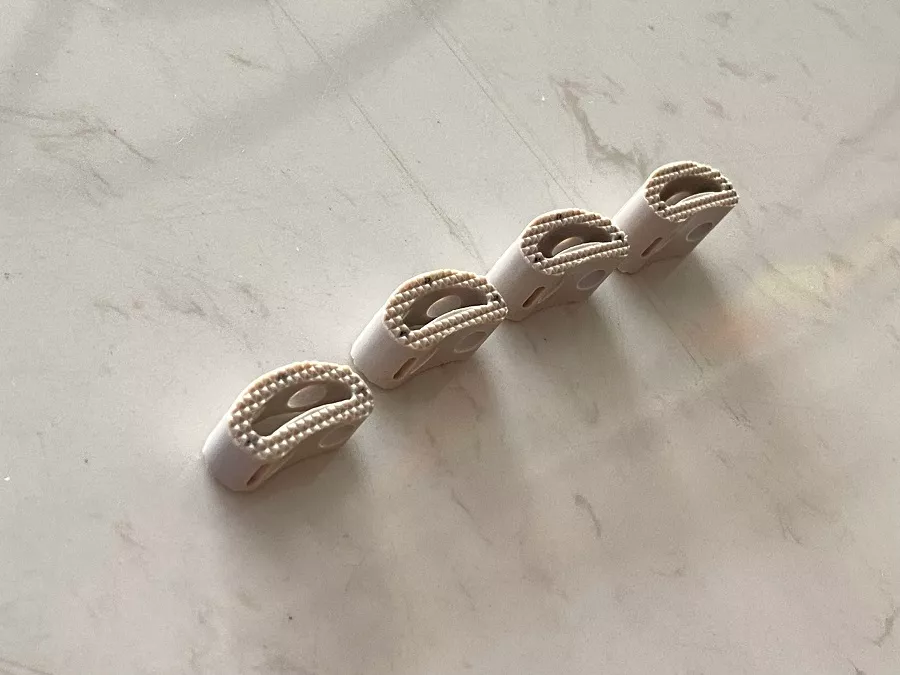
How to use TLIF Peek Cage?
TLIF Peek Cage is used in a surgical procedure called Transforaminal Lumbar Interbody Fusion (TLIF), which is performed to treat a variety of spinal conditions, such as degenerative disc disease, herniated disc, spinal stenosis, and spondylolisthesis. The goal of the TLIF procedure is to remove a damaged or degenerated intervertebral disc and replace it with the TLIF Peek Cage, which promotes fusion between the adjacent vertebrae and provides support and stability to the spine.
The TLIF Peek Cage is typically inserted into the disc space through a small incision in the back. The surgeon uses specialized instruments to remove the damaged disc and prepare the adjacent vertebral endplates for fusion. The TLIF Peek Cage is then filled with bone graft material, which promotes fusion between the adjacent vertebrae. The bone graft material may be taken from the patient’s own body (autograft) or from a donor (allograft).
There are several different techniques for inserting the TLIF Peek Cage, and the specific technique used may depend on the patient’s individual condition and the surgeon’s preference and experience. Some common techniques include:
- Anterior-posterior approach: This technique involves making an incision in the patient’s abdomen and accessing the spine from the front (anterior) and back (posterior) sides. The TLIF Peek Cage is inserted into the disc space from the back side of the spine.
- Posterior-only approach: This technique involves making an incision in the patient’s back and accessing the spine from the back side (posterior) only. The TLIF Peek Cage is inserted into the disc space from the back side of the spine.
- Minimally invasive approach: This technique involves making smaller incisions and using specialized instruments to access the spine. The TLIF Peek Cage is inserted into the disc space through a small tube or port.
After the TLIF Peek Cage has been inserted, the surgeon may use additional hardware, such as screws or plates, to provide additional stability and support to the spine. The patient will typically be monitored closely after the surgery and may need to wear a back brace or undergo physical therapy to aid in the healing process.
What are TLIF Peek Cage used for?
TLIF Peek Cage is a medical device used in a surgical procedure called Transforaminal Lumbar Interbody Fusion (TLIF). TLIF Peek Cage is used to treat a variety of spinal conditions, such as degenerative disc disease, herniated disc, spinal stenosis, and spondylolisthesis, that have not responded to conservative treatments such as medications, physical therapy, or injections.
The goal of the TLIF procedure is to remove a damaged or degenerated intervertebral disc and replace it with the TLIF Peek Cage, which promotes fusion between the adjacent vertebrae and provides support and stability to the spine. The TLIF Peek Cage is designed to restore the normal height and curvature of the spine, reduce pressure on the nerves, and stabilize the affected spinal segment.
Some of the potential benefits of TLIF Peek Cage include:
- Reduced pain: TLIF Peek Cage can help to reduce pain and other symptoms associated with spinal conditions by stabilizing the affected spinal segment and reducing pressure on the nerves.
- Improved function: TLIF Peek Cage can help to improve mobility and function by restoring the normal height and curvature of the spine.
- Faster recovery: TLIF Peek Cage can help to promote faster healing and recovery compared to other surgical procedures, such as traditional lumbar fusion, which may require longer hospital stays and recovery times.
- Reduced risk of complications: TLIF Peek Cage is a minimally invasive procedure that may be associated with a lower risk of complications compared to other surgical procedures.

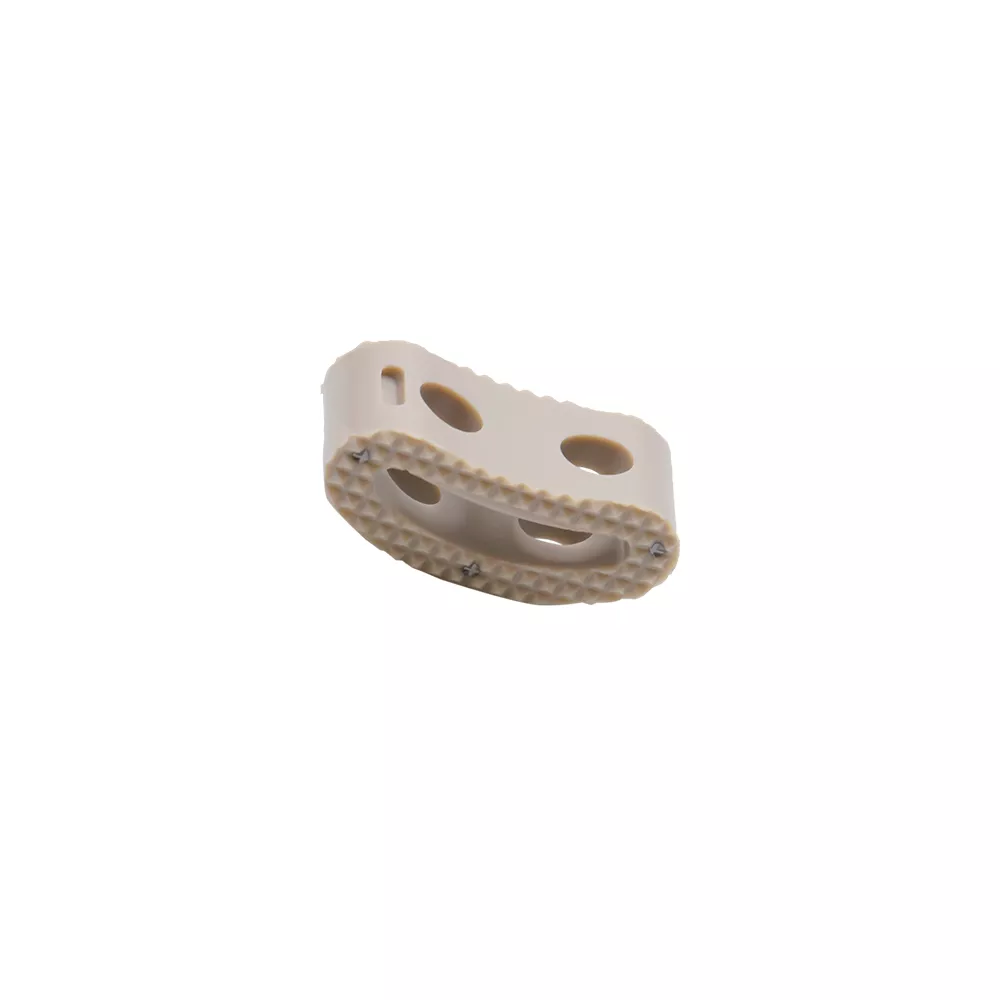
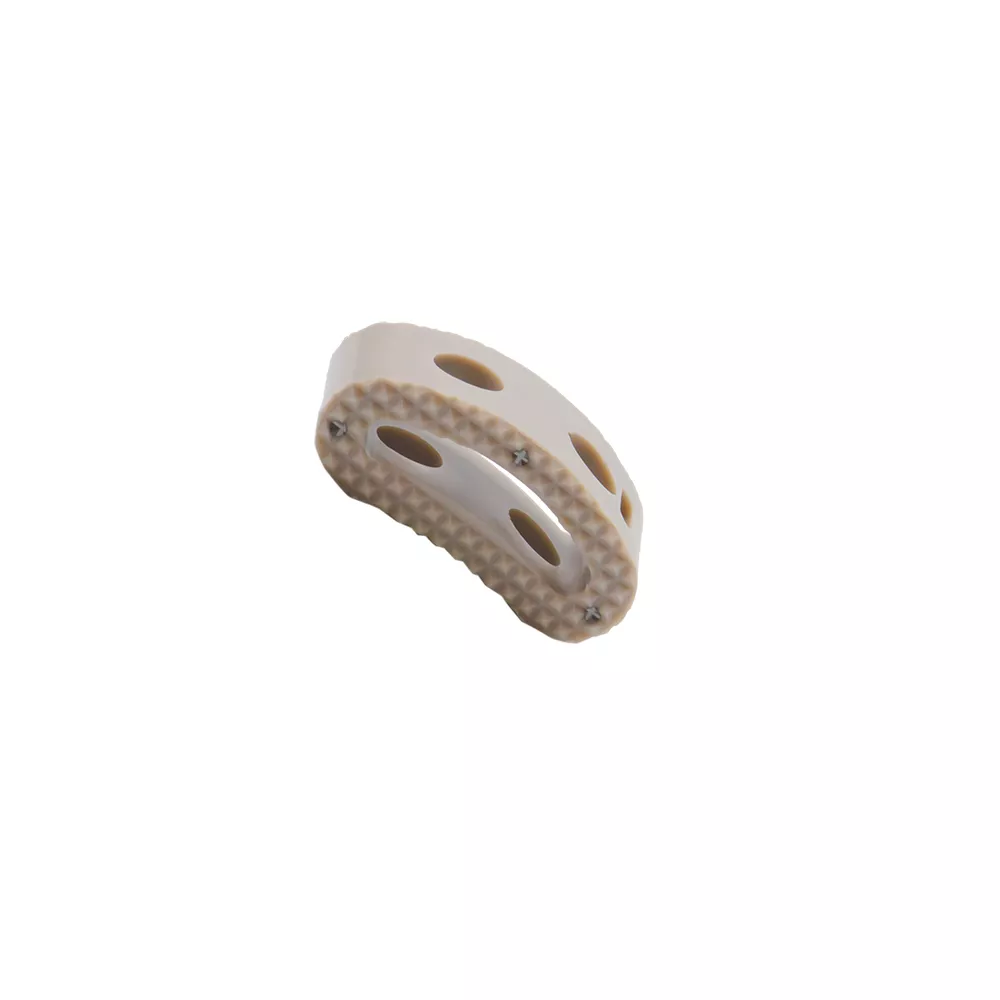

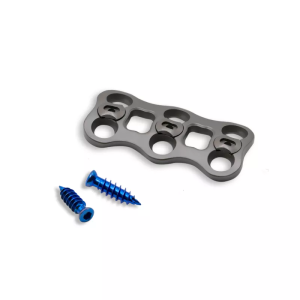
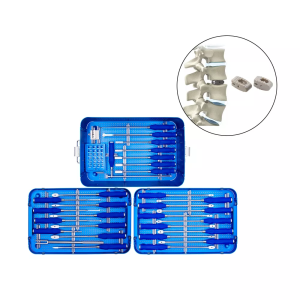
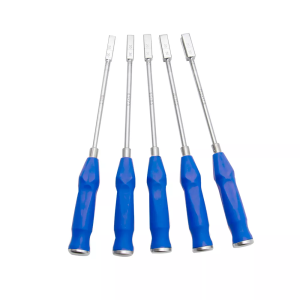
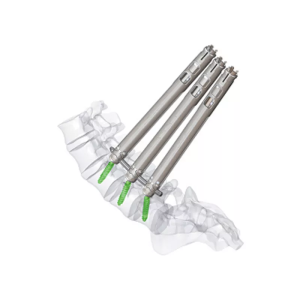
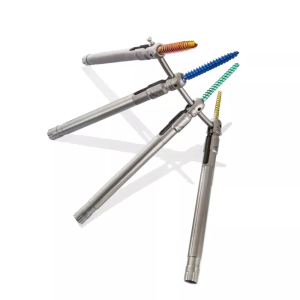
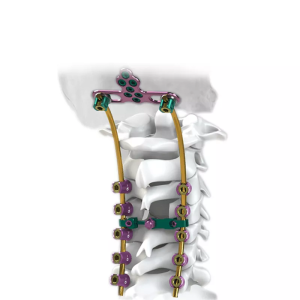
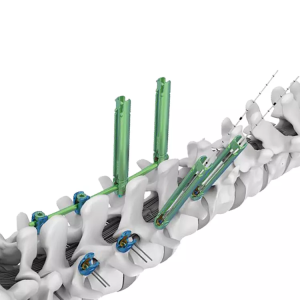
Reviews
There are no reviews yet.